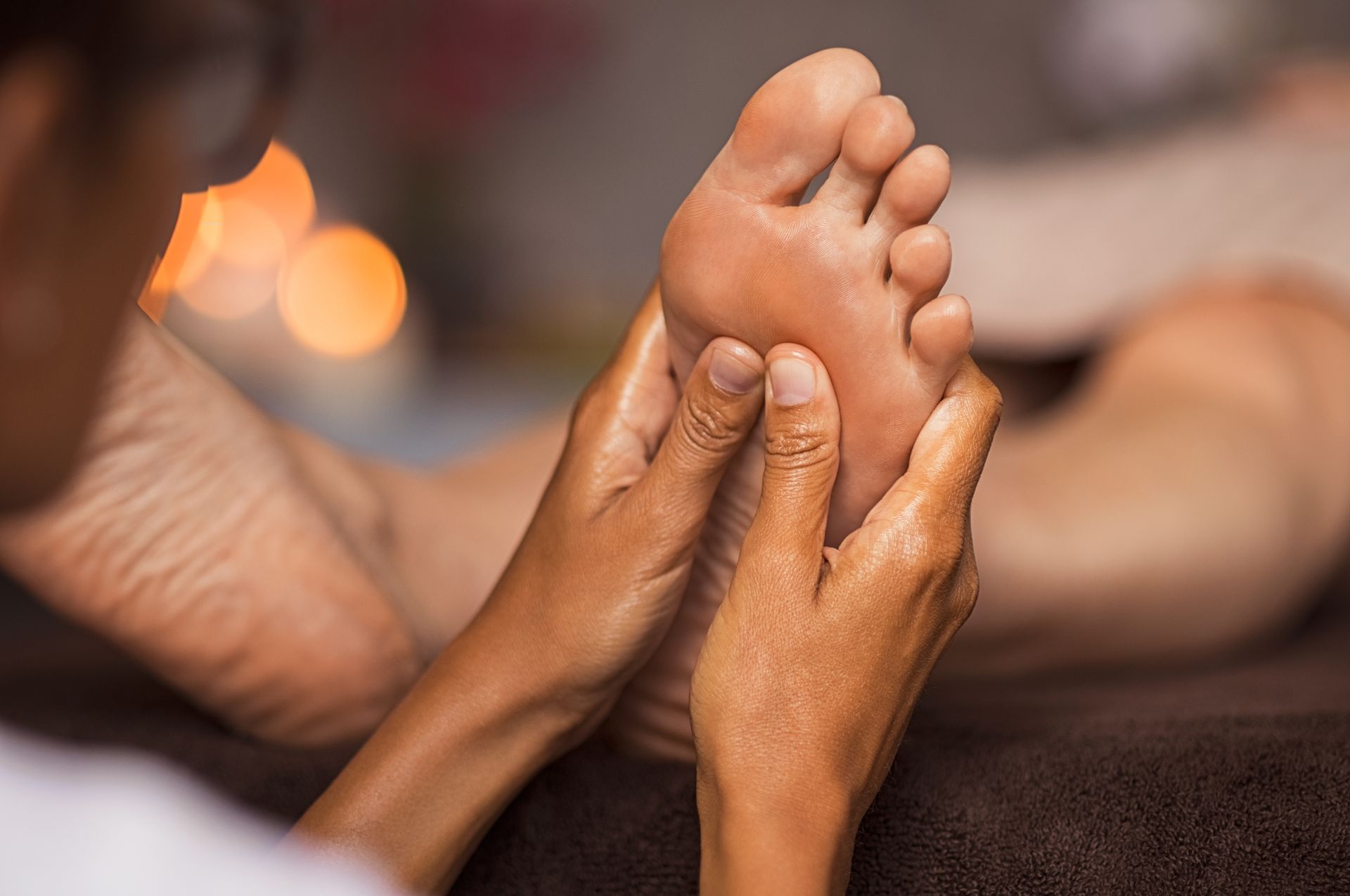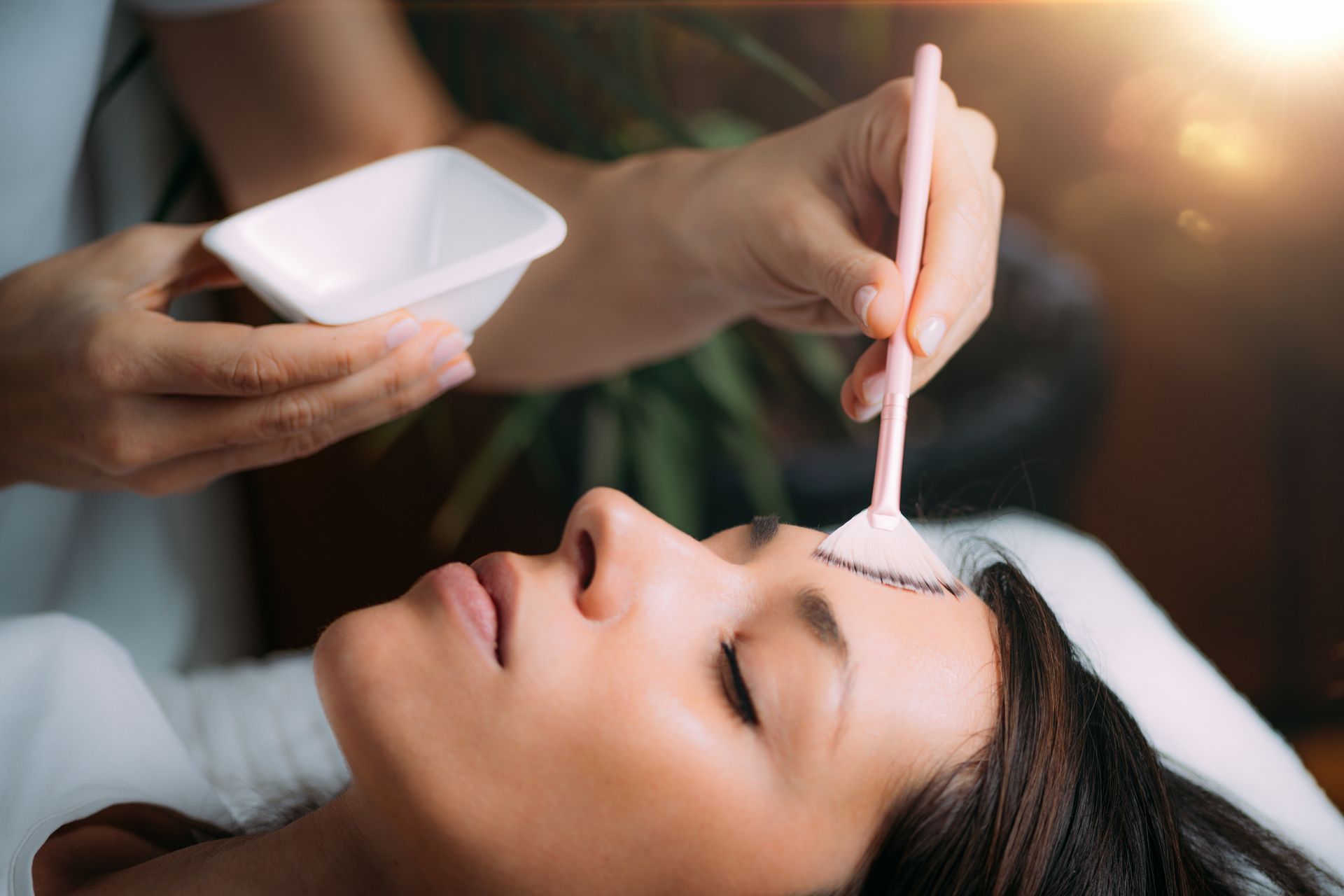What Are Bulging Discs and How Does Massage Help?
Let’s break down what a bulging disc is, how it happens, why it causes pain, and how massage can help ease the discomfort.

If you've ever experienced persistent back pain, you might have heard the term bulging disc. This common condition affects many people but is often misunderstood. Let’s break down what a bulging disc is, how it happens, why it causes pain, and how massage can help ease the discomfort.
What is a Bulging Disc?
Your spine is made up of small bones called vertebrae, and between each vertebra is a disc that acts like a cushion, allowing your spine to move and bend while absorbing shock. These discs are composed of a tough outer layer and a soft, gel-like center. When one of these discs starts to lose its shape and bulges outward, it’s referred to as a bulging disc. While it can occur anywhere along the spine, it’s most commonly found in the lower back (lumbar region) or neck (cervical region).
How Does It Happen?
Bulging discs are often a result of wear and tear over time. As we age, the discs in our spine begin to lose water content and become less flexible, making them more prone to bulging. However, other factors can accelerate this process, such as:
- Poor posture: Sitting or standing incorrectly puts strain on the spine.
- Lifting heavy objects: Improper lifting techniques can cause injury.
- Obesity: Carrying extra weight adds pressure to the spine.
- Trauma: Sudden movements or accidents can lead to a disc bulging.
Why Does It Cause Pain?
Not all bulging discs cause pain. In fact, some people may have bulging discs without even realizing it. However, when a bulging disc presses on a nearby nerve, it can cause pain, numbness, or weakness. The pain can be localized to the area around the disc or radiate down into the arms or legs, depending on where the bulge is. For instance, a bulging disc in the lower back may cause sciatic nerve pain that shoots down the leg.
How Can Massage Help?
Massage therapy can play a significant role in relieving pain and discomfort caused by bulging discs. Here’s how:
- Relieves Muscle Tension: A bulging disc often leads to muscle tension and spasms in the surrounding area. Massage helps release this tension, allowing for more mobility and less pain.
- Improves Circulation: Massage promotes blood flow, which brings oxygen and nutrients to the affected area, supporting the body’s natural healing process.
- Reduces Pain Perception: Massage stimulates the production of endorphins, the body’s natural painkillers. This can reduce the intensity of the pain and provide much-needed relief.
- Enhances Mobility: By loosening tight muscles around the spine, massage can improve your range of motion, making it easier to move without discomfort.
- Relaxes the Nervous System: Massage calms the nervous system, reducing inflammation and irritation of the nerves affected by the bulging disc.
Choosing the Right Massage for a Bulging Disc
Not all massages are suitable for a bulging disc, so it’s important to consult with a massage therapist who is experienced with spinal conditions. Techniques like deep tissue massage, trigger point therapy, or myofascial release can be tailored to your specific needs, ensuring that you receive a treatment that’s both safe and effective.











